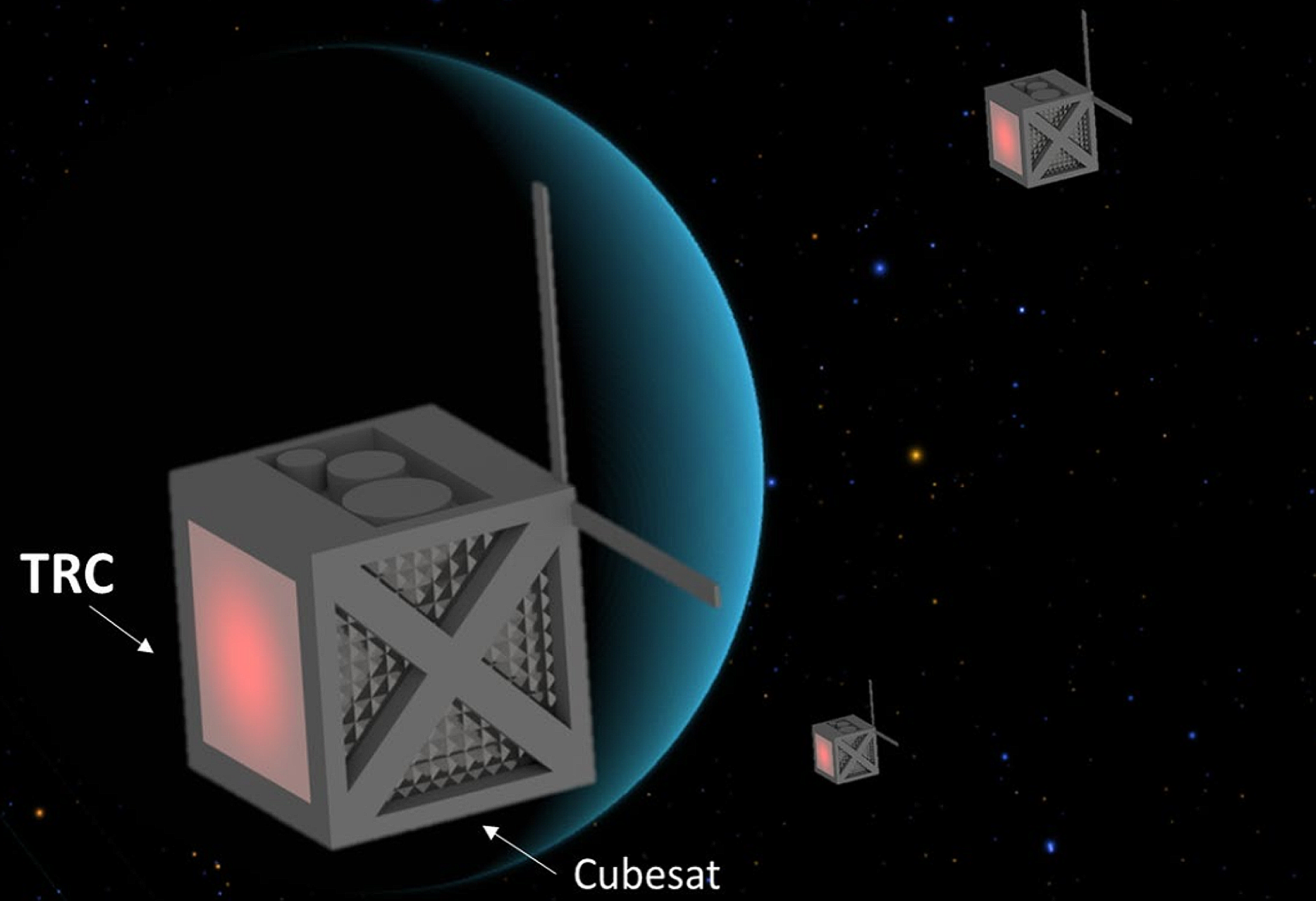Stephen Polly
Rochester Institute of Technology
In this project we will demonstrate the feasibility of a revolutionary power source for missions to the outer planets utilizing a new paradigm in thermal power conversion, the thermoradiative cell (TRC). This device, driven by a radioisotope heat source, will allow an order of magnitude increase in mass specific power (~30 vs ~3 W/kg) and a three orders of magnitude decrease in volume (~0.2 vs ~212 L) as compared to a conventional multi-mission radioisotope thermal generator (MMRTG). This technology will allow a proliferation of small versatile spacecraft with power requirements not met by photovoltaic arrays or bulky, inefficient MMRTG systems. This will directly enable small-sat missions to the outer planets as well as operations in permanent shadow such as polar lunar craters. This study will investigate the thermodynamics and feasibility of the development of a radioisotope enabled thermoradiative power source focusing on system size, weight, power (SWaP) as well as materials growth of identified materials including InAsSb or InPSb by metalorganic vapor phase epitaxy. We will analyze a thermoradiative converter to power a cubesat (or fleet of cubesats) that can ride along with a Flagship Uranus mission, doing such tasks as serving as information relay for atmospheric probes, and getting a parallax view of the planet and moons.

































